Rise and fall of Madchester clubber who became Arizona's biggest ecstasy dealer
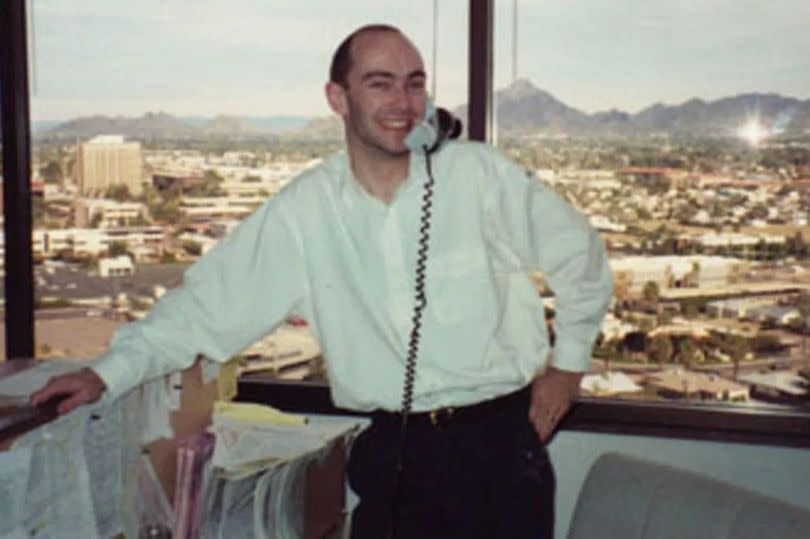
He was nicknamed the 'Wolf of Widnes' in a nod to Leonard De Caprio's portrayal of the infamous stockbroker Jordan Belfort. And just like drug-crazed Belfort in the Wolf of Wall Street, Shaun Attwood's multi-million empire would come crashing down in spectacular fashion.
On May 16, 2002, a SWAT team smashed down the door of Attwood's Arizona mansion. Charged with being the head of a conspiracy crime syndicate, he was thrown into the infamous Maricopa County Jail.
It was a long way from his comfortable upbringing in Cheshire. So how did the self-confessed nerdy son of an insurance salesman end up rivalling some of America's biggest drug barons?
READ MORE:
Attwood developed a fascination for figures as a kid. By 14 he was reading the Financial Times and playing the stock markets. He had one goal in life - to get rich.
In 1987 he went to university to study business. And that was when he discovered Manchester's clubbing scene.
A regular at clubs like Thunderdome and Konspiracy, Attwood started taking ecstasy to help his anxiety. He went from shy teenager to party animal who 'lived to rave at the weekend'.
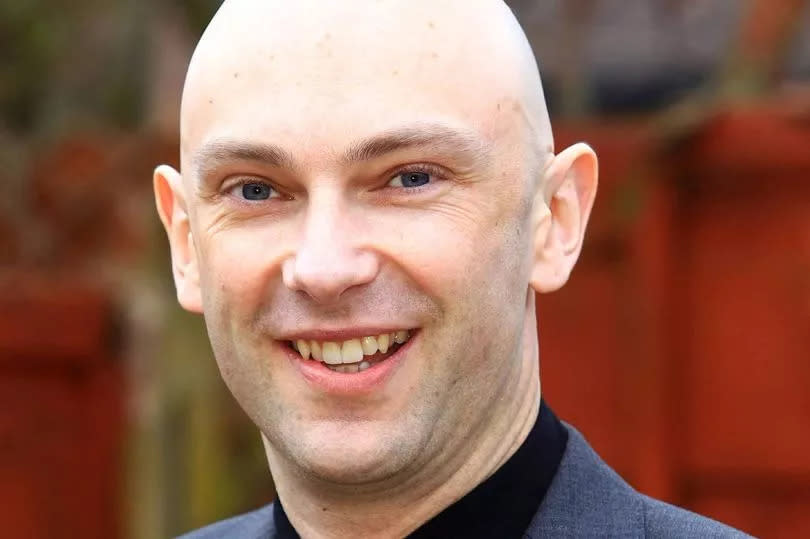
Around the same time Attwood visited a relative in Arizona and fell in love with the States. "My aunt forged a fake ID and took me to bars and introduced me to women as Paul McCartney’s nephew," he once said. "I was dazzled. I loved it and knew I wanted to go back."
A year after graduating, he moved to the US. And despite only having a travellers visa, blagged his way into a stockbroker's job, regularly working 15 hour days cold-calling hundreds of people.
Within five years he says he was earning a $500,000 salary. He moved into a mountain-side mansion and counted McCartney among his neighbours.
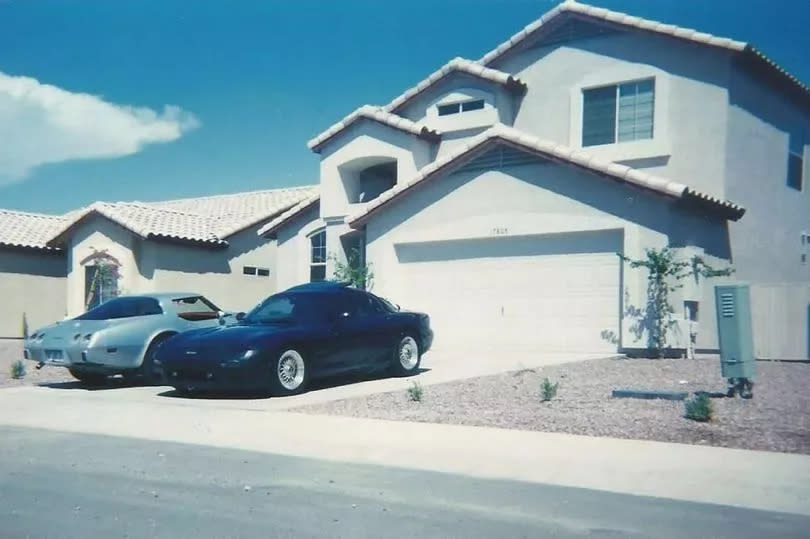
But the long hours and intense pressure meant he was soon burnt out.
To counter the stress he returned to clubbing and began taking ecstasy again, then only just starting to take a hold in America. "I started throwing house parties and suddenly I was making a lot of friends, while giving away drugs," he told the Mirror in 2018.
"That was when I began realising the potential business opportunities in selling ecstasy. I started dealing and when the local dealers could no longer supply my needs I found who the main supplier was and arranged to buy 500 hits from him for $7,000.
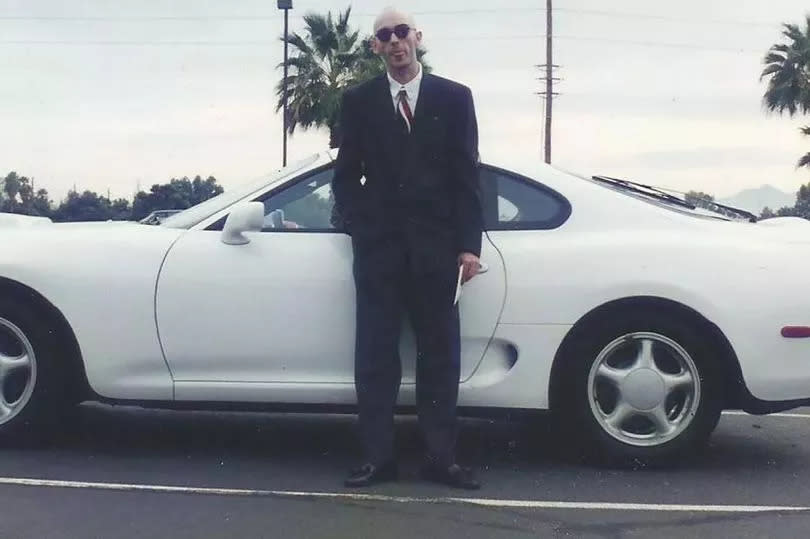
"Before long I was importing ecstasy from Holland at $3 a tablet and selling it for $10 to my own team of sellers. We would hide it in luggage and all sorts of stuff, like computer towers and vitamin bottles and smuggle it through.
"I'd send my employees from Phoenix to Germany or France and then on to a train to Amsterdam and back – and later through Mexico and over the US border."
Attwood went from weekend raver to drug kingpin. By 1999 he had hundreds of people working for him and claims he was Arizona's biggest ecstasy dealer.
At the height of his notoriety he was known as the Bank of England because he had so much money. He travelled everywhere by limo and owned a string of properties.
But his success put him in direct competition with some of America's more-established crime organisations.
Things started to go south when Salvatore Gravano – a notorious former Gambino Crime Family underboss known as 'Sammy the Bull' – set up a rival ecstasy racket. Gravano, it is claimed, put out a contract on Attwood's life and even tried to instigate a kidnap plot.
Around the same time Attwood says his business interests took a huge hit when the NASDAQ crashed. And his illegitimate empire hadn't gone unnoticed by the authorities either.
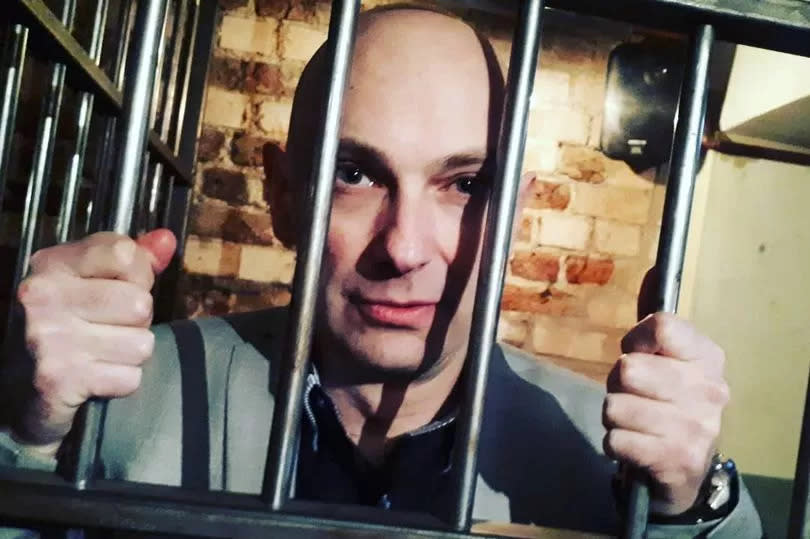
A number of his smugglers were arrested at airports around the world. Then the 20-strong SWAT team came calling.
Attwood was banged up with hardened criminals including murderers and gangsters. Speaking to the Manchester Evening News in 2020 he recounted the moment he walked into prison.
"When I first went in, I was terrified," he said. "These skinheads come up to me and say, 'Hey we want a word with you, get in this cell over here'.
"So I went into this cell at the back, they closed the door, the biggest one gets in my face and said, 'What are your charges? What are your charges?’
"Your charges are on a little printout that they give you, it's all legal terminology. I was new to this - 'conspiracy crime syndicate', I didn't fully understand what it meant. I said, 'I don’t know what my charges mean'.
"They got up against the wall about to attack me. They shouted 'You’re a chomo, you're a chomo!'"
A 'chomo' was prison slang for a child molester. He didn't know it at the time, but Attwood was in grave danger.
"Some charges are KOS - kill on sight - right away, they will kill a child molester if he gets into that population," he said. "In the end they made me pull out my charge sheet. They saw I was in for drugs. They were buzzing off the bail because the bail bond was $750,000 cash only.
"So they were like, 'God damn, what did you do? Who did you kill?' I was like 'No - we did raves, ecstasy. We didn't kill anybody'. And one of them was like, 'Well, I shot a guy in the chest at a rave. I was high on GHB and I'm here for attempted murder'."
It was the wake-up call the stockbroker-turned drugs smuggler needed. In order to survive prison he knew he would have to keep his head down and not appear to be weak.
"When I first went in, I said I was crapping it, and people were coming up to me saying, 'You got to get that look off your face, that nervousness, or else you're gonna get smashed'. Six months in, I've got dead eyes. And even when I got out, I got my driver's licence, I was completely unemotional."
Violence and drug abuse were constant. “Every day in the jail, people would be coming in and out, all high on crystal meth, it's crazy," he said
"Heads getting bashed against toilets, bodies getting thrown around. I saw people's teeth just flying out. I saw a guy with his leg pointing in the wrong direction. I saw a mentally ill old man who wouldn't stop rambling. The gang decided to shut him up and as I walked past him blood just squirted right out the back of his head.
"I saw so much stuff I can't even remember it all. It was constant."
It had taken a five-year federal investigation, which saw the DEA, US Customs and three Arizona police forces team up, to bring Attwood down. It included the use of thousands of wire-taps and undercover surveillance.
And the seriousness of the charges he faced meant he was looking at a 200 year sentence. He spent 26 months on remand before striking a plea bargain.
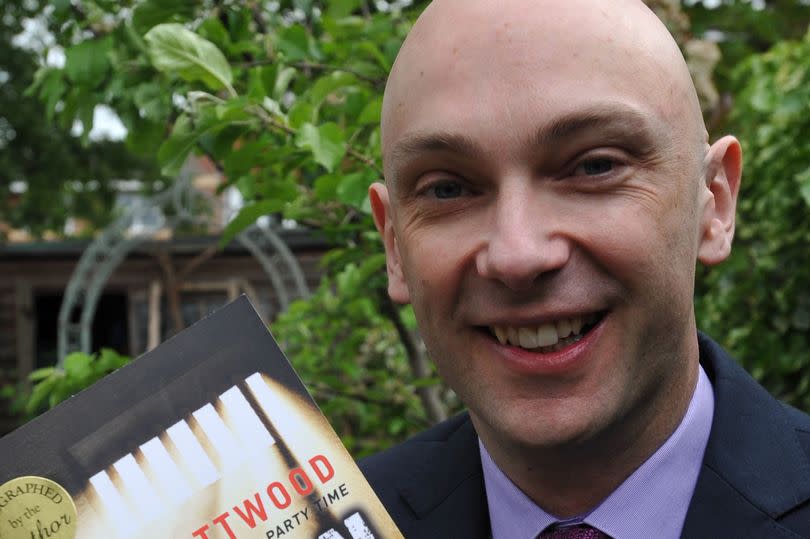
He admitted drug-dealing and money laundering and ended up serving just six years. Attwood was released in December 2007 and deported to the UK, where he was reunited with his family.
Banned from America for life, he now talks to student audiences across the UK and Europe about his jail experience and the consequences of getting involved in drugs and crime. He has appeared on TV a number of times speaking about issues affecting prisoners’ rights, and also hosts his True Crime Podcast on YouTube.
He's also written three books about his time inside and donated 20,000 of them to schools and prisoners.

 Yahoo News
Yahoo News 
